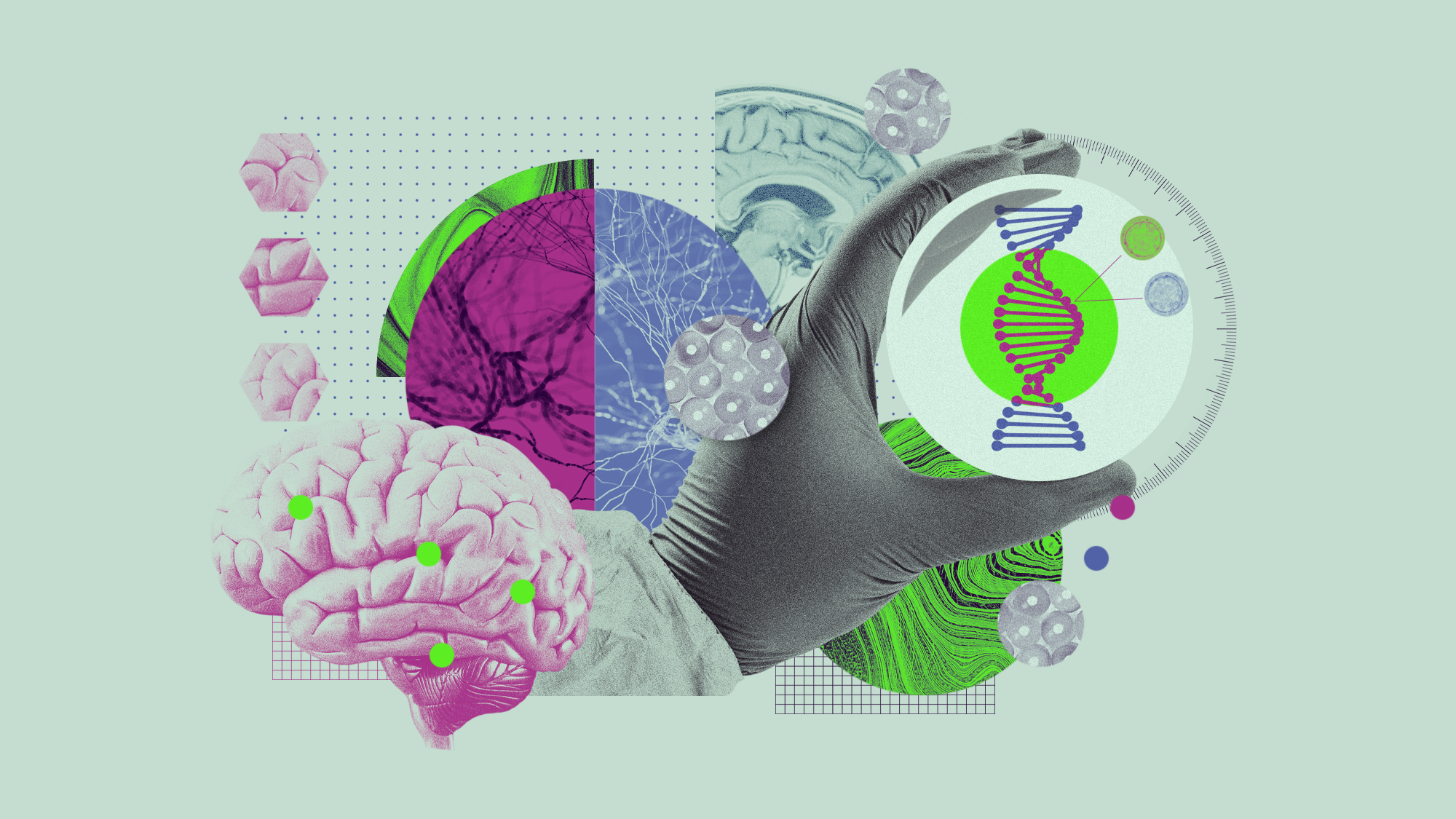Scientists sequence Beethoven's DNA, 200 years after his death


Scientists announced Wednesday that they had sequenced the genome of legendary composer Ludwig van Beethoven, nearly two centuries after his death. His DNA was able to provide valuable insights into the composer's lifelong health problems and ultimate demise.
The findings, published in the journal Current Biology, were made possible after a team of international researchers pulled DNA from locks of Beethoven's hair. Using these strands, they were able to sequence the composer's entire genome.
Beethoven is perhaps best known for his deafness, which began in his 20s. While researchers were unable to pinpoint the cause of his hearing loss, "they did find a genetic risk for liver disease, plus a liver-damaging hepatitis B infection in the last months of his life," The Associated Press reported. It is widely believed that Beethoven died from liver failure attributed to alcoholism, but these new revelations about his health have helped unlock a new piece of the puzzle.
The Week
Escape your echo chamber. Get the facts behind the news, plus analysis from multiple perspectives.

Sign up for The Week's Free Newsletters
From our morning news briefing to a weekly Good News Newsletter, get the best of The Week delivered directly to your inbox.
From our morning news briefing to a weekly Good News Newsletter, get the best of The Week delivered directly to your inbox.
The composer was besieged by many other health problems in the lead-up to his death, which occurred 196 years ago this Sunday, on March 26, 1827. While the hepatitis B infection only directly afflicted him during the last years of his life, it is possible that he could have been infected with the disease at birth, Arthur Kocher, a geneticist at the Max Planck Institute for Evolutionary Anthropology, told The New York Times.
The Times also noted the study revealed another twist about Beethoven: he was genetically unrelated to others in his family, with his Y chromosome DNA being different than five living people today who share a common ancestor.
"It isn't so much the specific questions they answered as the fact that they ruled a few things out, searched for others, and made some truly original findings," Robert C. Green, a geneticist at Brigham and Women's Hospital in Boston, told The Washington Post.
A free daily email with the biggest news stories of the day – and the best features from TheWeek.com
Justin Klawans has worked as a staff writer at The Week since 2022. He began his career covering local news before joining Newsweek as a breaking news reporter, where he wrote about politics, national and global affairs, business, crime, sports, film, television and other news. Justin has also freelanced for outlets including Collider and United Press International.
-
 5 fairly vain cartoons about Vanity Fair’s interviews with Susie Wiles
5 fairly vain cartoons about Vanity Fair’s interviews with Susie WilesCartoon Artists take on demolition derby, alcoholic personality, and more
-
 Joanna Trollope: novelist who had a No. 1 bestseller with The Rector’s Wife
Joanna Trollope: novelist who had a No. 1 bestseller with The Rector’s WifeIn the Spotlight Trollope found fame with intelligent novels about the dramas and dilemmas of modern women
-
 Codeword: December 20, 2025
Codeword: December 20, 2025The daily codeword puzzle from The Week
-
 5 recent breakthroughs in biology
5 recent breakthroughs in biologyIn depth From ancient bacteria, to modern cures, to future research
-
 Blue Origin launches Mars probes in NASA debut
Blue Origin launches Mars probes in NASA debutSpeed Read The New Glenn rocket is carrying small twin spacecraft toward Mars as part of NASA’s Escapade mission
-
 Dinosaurs were thriving before asteroid, study finds
Dinosaurs were thriving before asteroid, study findsSpeed Read The dinosaurs would not have gone extinct if not for the asteroid
-
 SpaceX breaks Starship losing streak in 10th test
SpaceX breaks Starship losing streak in 10th testspeed read The Starship rocket's test flight was largely successful, deploying eight dummy satellites during its hour in space
-
 Rabbits with 'horns' sighted across Colorado
Rabbits with 'horns' sighted across Coloradospeed read These creatures are infected with the 'mostly harmless' Shope papilloma virus
-
 Lithium shows promise in Alzheimer's study
Lithium shows promise in Alzheimer's studySpeed Read Potential new treatments could use small amounts of the common metal
-
 Scientists discover cause of massive sea star die-off
Scientists discover cause of massive sea star die-offSpeed Read A bacteria related to cholera has been found responsible for the deaths of more than 5 billion sea stars
-
 'Thriving' ecosystem found 30,000 feet undersea
'Thriving' ecosystem found 30,000 feet underseaSpeed Read Researchers discovered communities of creatures living in frigid, pitch-black waters under high pressure
